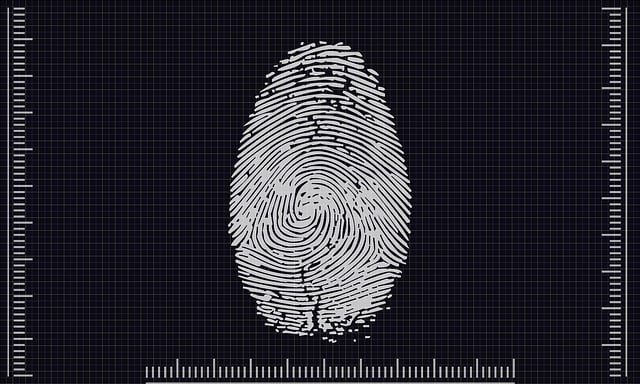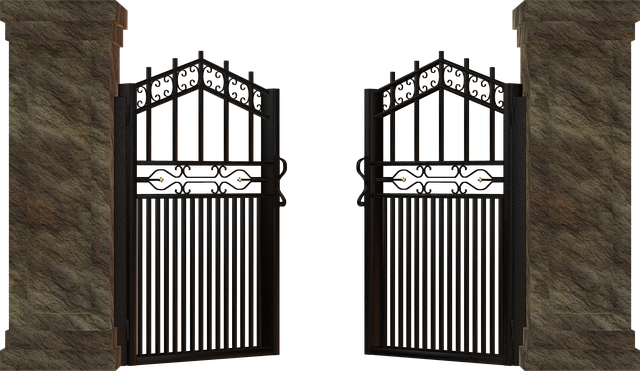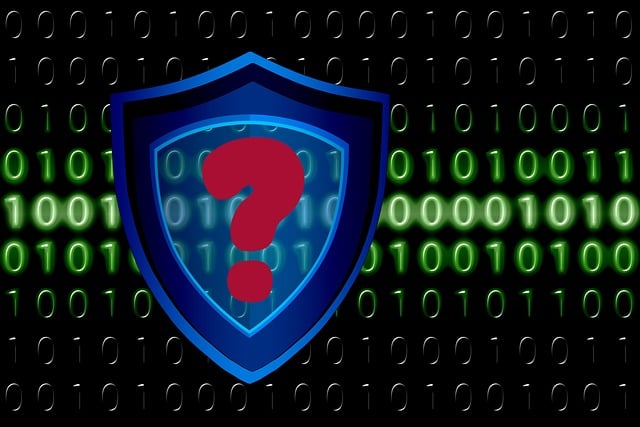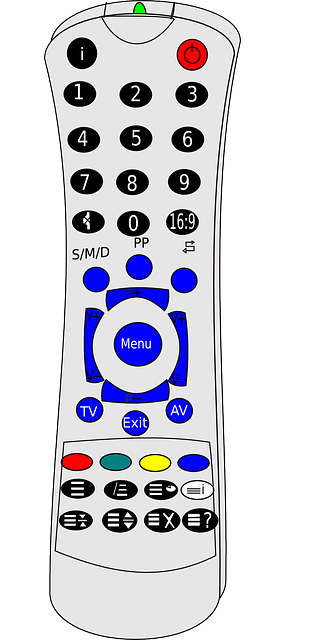Access control systems are transforming home security with advanced features like biometric data, digital keys, and automated protocols. Homeowners can enjoy remote access management, enhanced peace of mind, and tailored security through smartphone apps and automated lock schedules. These systems offer flexibility for temporary guest access, energy efficiency, and integration with smart home devices. As technology evolves, access control systems are becoming standard in modern homes and even enabling collaborative security within neighborhoods, anticipating more innovative solutions that balance accessibility and protection.
“Elevate your home’s security and convenience with the latest in smart access controls. This comprehensive guide explores the transformative potential of access control systems, revolutionizing modern home entry. From understanding the basics to delving into cutting-edge technologies, we uncover the benefits and applications of these innovative solutions. Discover how smart access integrates seamlessly with automation systems, enhancing overall security. Furthermore, we glimpse into the future, where advanced access controls shape the evolving landscape of home entry.”
- Understanding Access Control Systems: The Modern Home Entry Revolution
- Benefits of Smart Access Controls for Your Home Security
- Types of Access Control Technologies and Their Applications
- Integrating Smart Access with Existing Home Automation Systems
- Future Trends: Evolving Home Entry with Advanced Access Control
Understanding Access Control Systems: The Modern Home Entry Revolution

Access control systems are transforming the way we secure and enter our homes, ushering in a modern revolution in home entry. These innovative technologies go beyond traditional locks and keys, offering advanced security features that enhance convenience and peace of mind. By integrating smart access control solutions, homeowners can now enjoy seamless, secure entries tailored to their unique needs.
Modern access control systems leverage a combination of biometric data, digital keys, and automated protocols to grant or deny entry. This means that instead of relying on easily replicable keys or remembering numerous passcodes, residents can use unique biological traits like fingerprints or facial recognition for quick and reliable access. Additionally, these systems allow for remote management, enabling homeowners to control who enters their property from anywhere, further bolstering security measures.
Benefits of Smart Access Controls for Your Home Security

Smart access controls offer a revolution in home security, providing peace of mind and enhanced safety. These advanced systems go beyond traditional locks by integrating technology to monitor and manage entry points. With features like remote control via smartphone apps, automated lock schedules, and activity alerts, homeowners can securely access their properties from anywhere.
One of the key benefits is the increased flexibility and convenience they offer. Users can grant or revoke access permissions instantly, ensuring only authorized individuals enter. This is particularly useful for scenarios where guests need temporary entry or when a new service provider requires access during specific hours. Moreover, smart access control systems contribute to energy efficiency by automatically locking doors at set times, reducing energy wastage and enhancing the overall security posture of your home.
Types of Access Control Technologies and Their Applications

Access control systems have evolved significantly, offering a range of technologies for enhanced security and convenience in homes. These include biometric access controls, such as fingerprint or facial recognition, which provide a high level of security by verifying an individual’s unique biological traits. This technology is particularly useful for granting entry to specific family members or authorized guests, ensuring only known individuals can access the property.
Another popular option is smart key cards and fobs, which utilize radio-frequency identification (RFID) or near-field communication (NFC) technologies. These devices allow for convenient access by simply swiping or tapping at sensors, making them ideal for controlled entry into various areas within a home, such as secure rooms or automated garage doors. Keyless entry systems are not only efficient but also contribute to a more modern and streamlined approach to home security.
Integrating Smart Access with Existing Home Automation Systems

When integrating smart access control systems into your home, seamless compatibility with existing home automation is crucial for a coherent and efficient setup. Many modern homes already incorporate intelligent devices like smart lights, thermostats, and security cameras, all of which can be interconnected to create a comprehensive smart home ecosystem. Access control systems designed for these environments often feature APIs (Application Programming Interfaces) that allow them to communicate with other devices, enabling automated routines and centralized control.
For instance, your smart door lock could sync with your lighting system, automatically illuminating the path to your front door when someone arrives or disengaging all lights during an evacuation. It can also coordinate with your security cameras to provide visual confirmation of visitors before granting access. This interconnectedness not only enhances convenience but significantly contributes to your home’s overall security and energy efficiency.
Future Trends: Evolving Home Entry with Advanced Access Control

The future of home entry is evolving rapidly, driven by advancements in access control systems. Smart locks and keyless entry technologies are no longer niche features; they’re becoming standard in modern homes. Integrating with mobile apps allows homeowners to grant or revoke access remotely, enhancing security while offering unparalleled convenience. Voice-activated controls, powered by AI assistants, promise to make entering your home as simple as saying a command.
Beyond individual homes, interconnected access control systems are linking up entire neighborhoods and communities. This trend fosters a collaborative approach to security, where residents can monitor and manage access collectively. As technology continues to advance, we can expect even more innovative solutions that blend seamless accessibility with robust protection, redefining the way we think about home entry.
Upgrading your home’s entry with smart access controls is a significant step towards enhancing security and convenience. As we’ve explored, understanding access control systems and their various technologies empowers homeowners to make informed decisions. The benefits are clear: from increased security through biometric identification to the efficiency of automated lock adjustments via smartphone apps. Integrating these systems with existing home automation can further streamline daily routines, making your home both safer and smarter. Looking ahead, future trends in access control promise an even more seamless and secure entry experience, continuing the modern home entry revolution.
